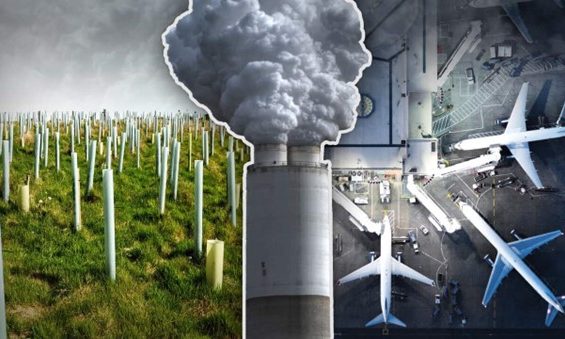
Unpacking Dom-Gas: a critique of the WA Domestic Gas Policy Final Report
18 August 2024
A lot happened in the WA Parliament this week. As a result, the final report of the Inquiry into the WA Domestic Gas Policy: Domestic Gas Security in a Changing World got a bit lost.
So here is my quick unpacking and critique of this report.
In summary, this report is focused on a largely self-fulfilling assumption that WA faces an increasing demand for gas and a domestic gas shortfall after 2030.
According to the report and AEMO, ‘…the gas market is forecast to move into an increasing deficit, with deficits of over 100 TJ/day from 2031” (page 92).
What the report fails to acknowledge is how WA’s painfully slow rollout of large-scale renewable energy is contributing to the need for greater gas for electricity generation.
Electricity generation is significant, accounting for over 23% of WA’s current gas use. If we close WA’s coal generators and largely rely on gas to replace them, then this percentage will inevitably rise.
If instead, WA were to accelerate its investment in large-scale renewable energy and big batteries, this would mean less gas for electricity production will be needed in the decade ahead not more. Modelling SEN did for Climate Positive Perth showed the SWIS can easily and cheaply reach 90% renewable energy – meaning gas use could drop by 2/3rds from 35% today to around 10% of the energy mix in the 2030s.
This is not to question AEMO modelling which states “SWIS electricity generation gas demand, which is forecast to grow from 127 TJ/day in 2023 to 304 TJ/day in 2032, as coal power station retirements are only partially replaced by renewables, creating more demand for gas”. (page 24)
They’re right only because there is not enough renewable energy planned and in the pipeline to replace coal.
To summarise in numbers: AEMO also predicts the gas shortage from 2031 in “over 100 TJ/day” and also predicts that 177 TJ/day more gas will be required on the SWIS for electricity generation because a lack of renewable energy. Surely then, a big part of the solution is not to use more gas for electricity generation but instead speed up the roll out of renewable energy? There has not been a single large-scale renewable energy project added to the SWIS in this term of government.
While most experts accept there will be a need for some gas for firming, on rare cloudy and windless days, an ambitious rollout of renewable energy will see gas burnt in declining amounts.
Households and the Domestic Market
Furthermore, the government is failing to put in place policies and targets to drive down and phase out the use of gas in the domestic market, which makes up a further 8% of total gas use.
A focus on electrification for households and businesses as we have seen in Victoria and the ACT could see another significant drop in demand for gas.
By having this report almost entirely focus on increasing gas supply, rather than reducing demand through energy efficiency and renewable energy, it fails WA not only on energy security but also on climate action. In a climate-constrained world gas should only be used for hard-to-abate sectors – electricity production and domestic uses are both easy to abate.
Two other key points
The report reluctantly acknowledges that international demand for WA Gas is likely to drop steeply as our trading partner decarbonise.
To quote
Possibly the most significant development affecting demand over the coming years will be decarbonisation and the energy transition. In 2023, the International Energy Agency (IEA) reported that producing, transporting, and processing oil and gas currently emits just under 15 per cent of the world’s energy-related GHG emissions, and to meet the 1.5°C target set out in the Paris Agreement these will need to be cut by more than 60 per cent by 2030. (page 98)
Furthermore, the “Australian Industry Energy Transitions Initiative (which includes major producers like Woodside and BHP) has assumed that a 73 per cent reduction in Australian LNG exports between 2020 and 2050 will be necessary to compensate for emissions reductions in key export markets”
If the world takes the climate challenge seriously then an oversupply of WA gas in the 2030s may prove to be more of an issue than a shortage.
Finally, Finding 60 needs to be called out:
It states: “Public sentiment towards the gas sector in Australia has become increasingly unfavourable, and both gas users and producers agree that there needs to be an initiative to educate the public about the future role of gas as part of the transition to renewable energy.”
No, we don’t need more greenwashing. Gas like coal needs to be phased down and out.



Discussion